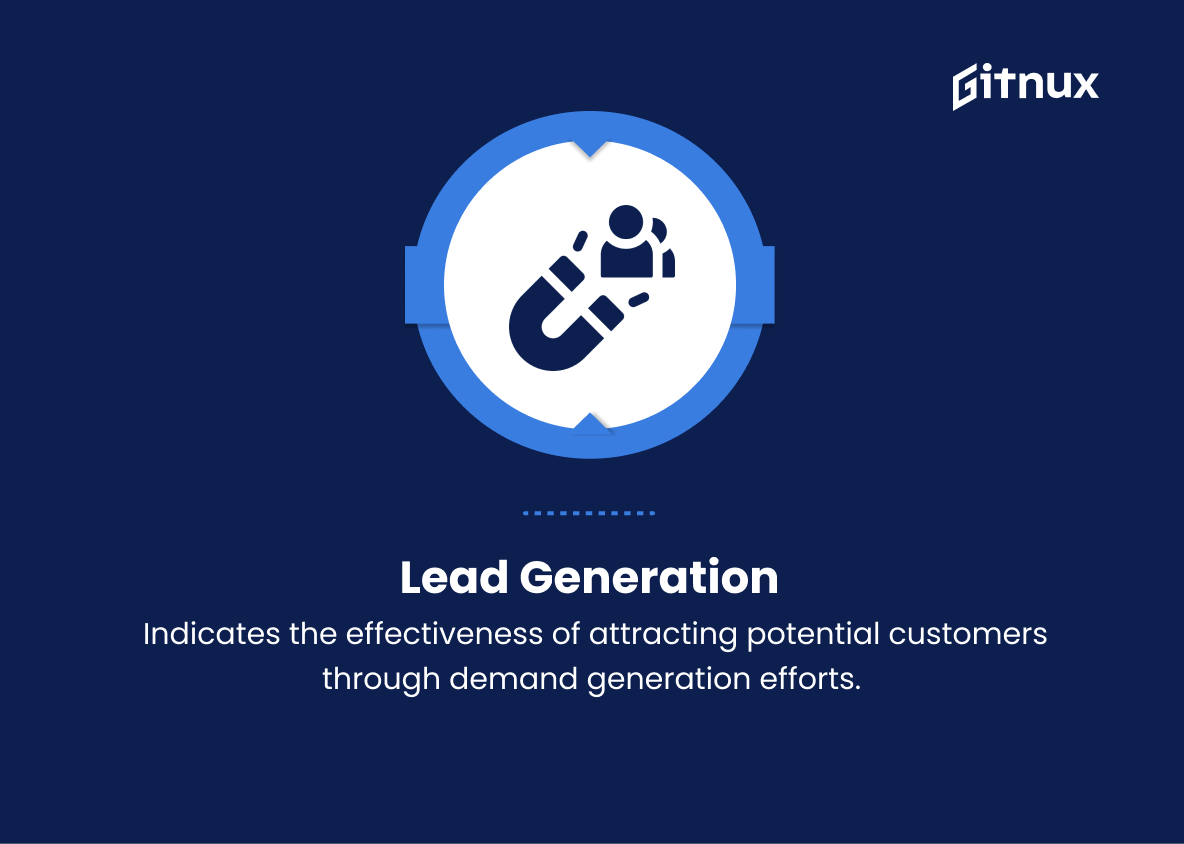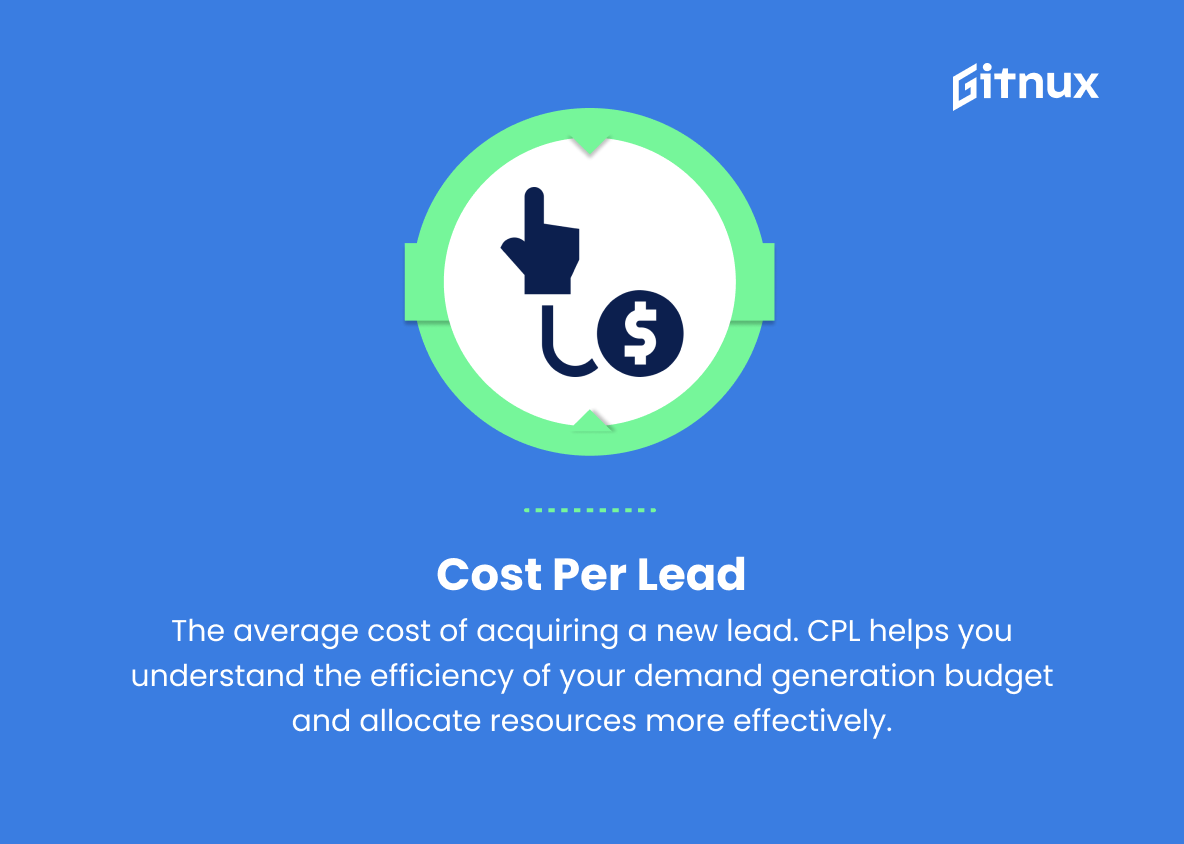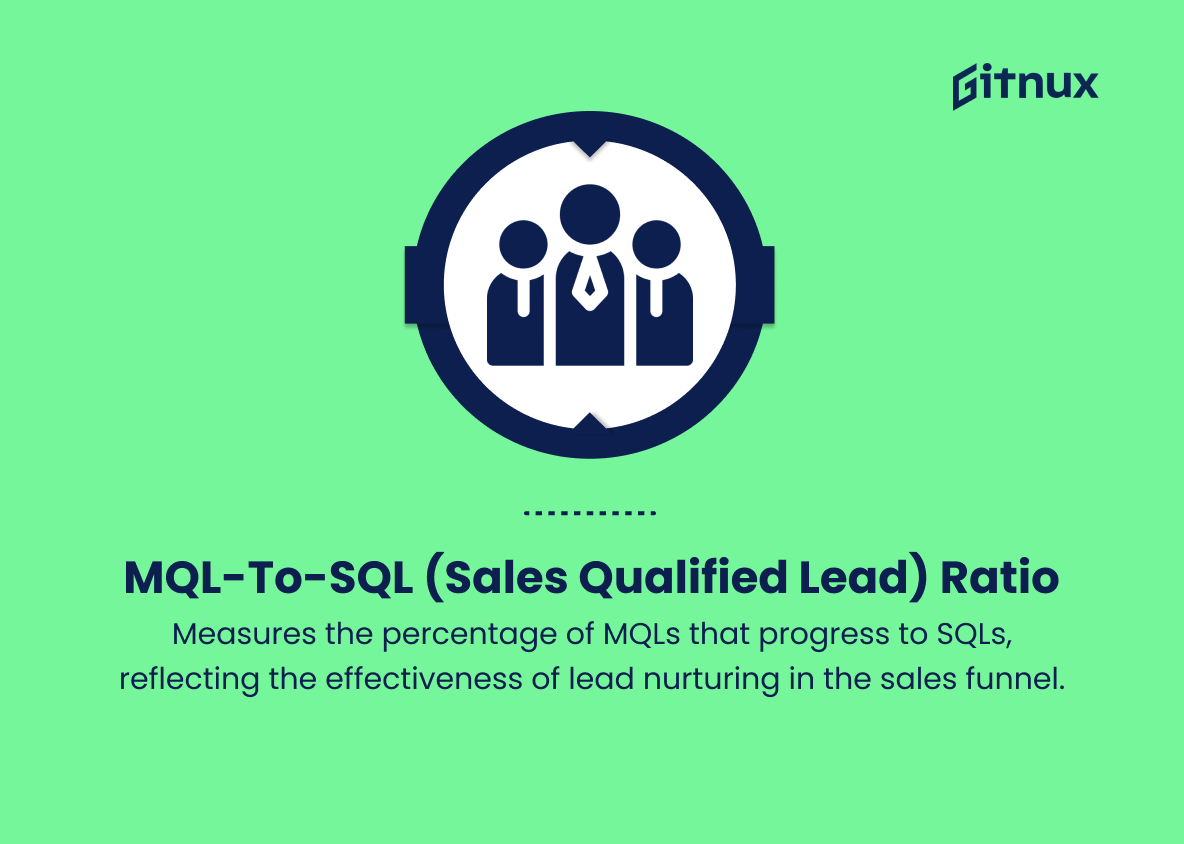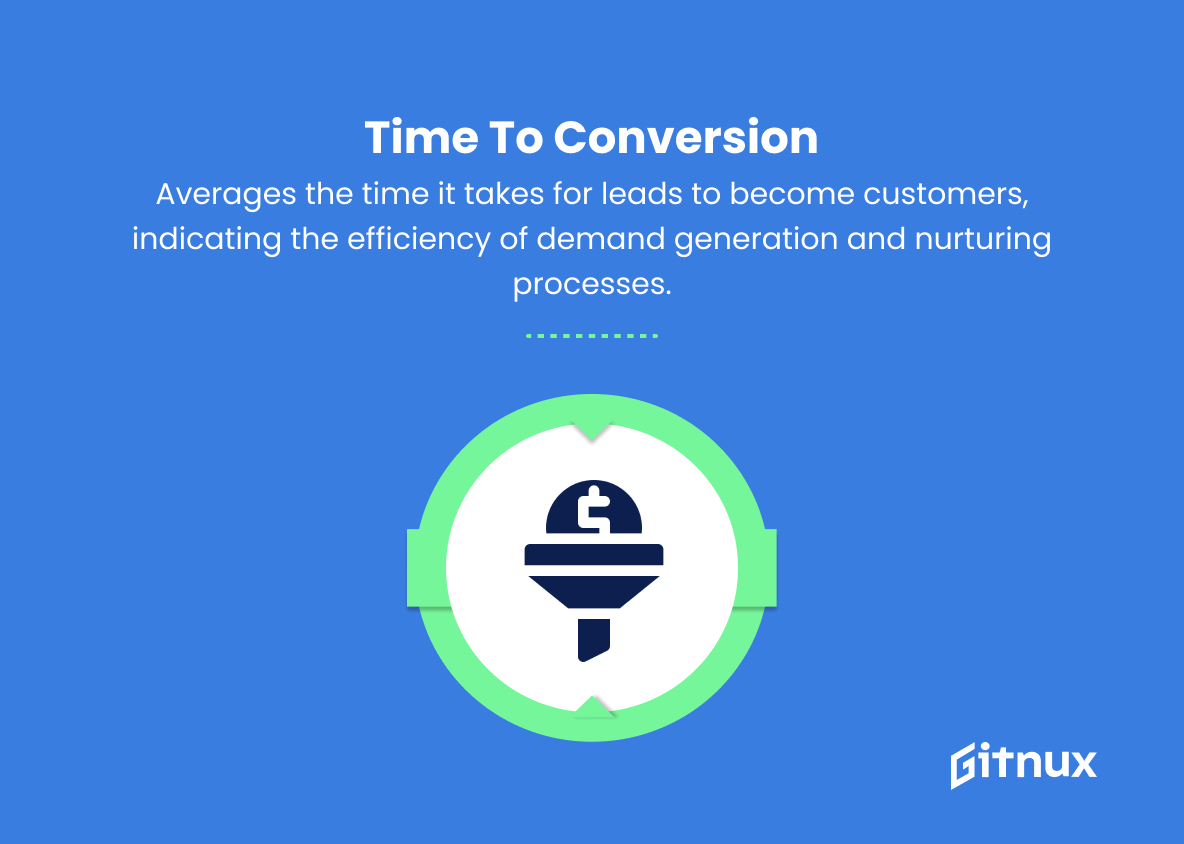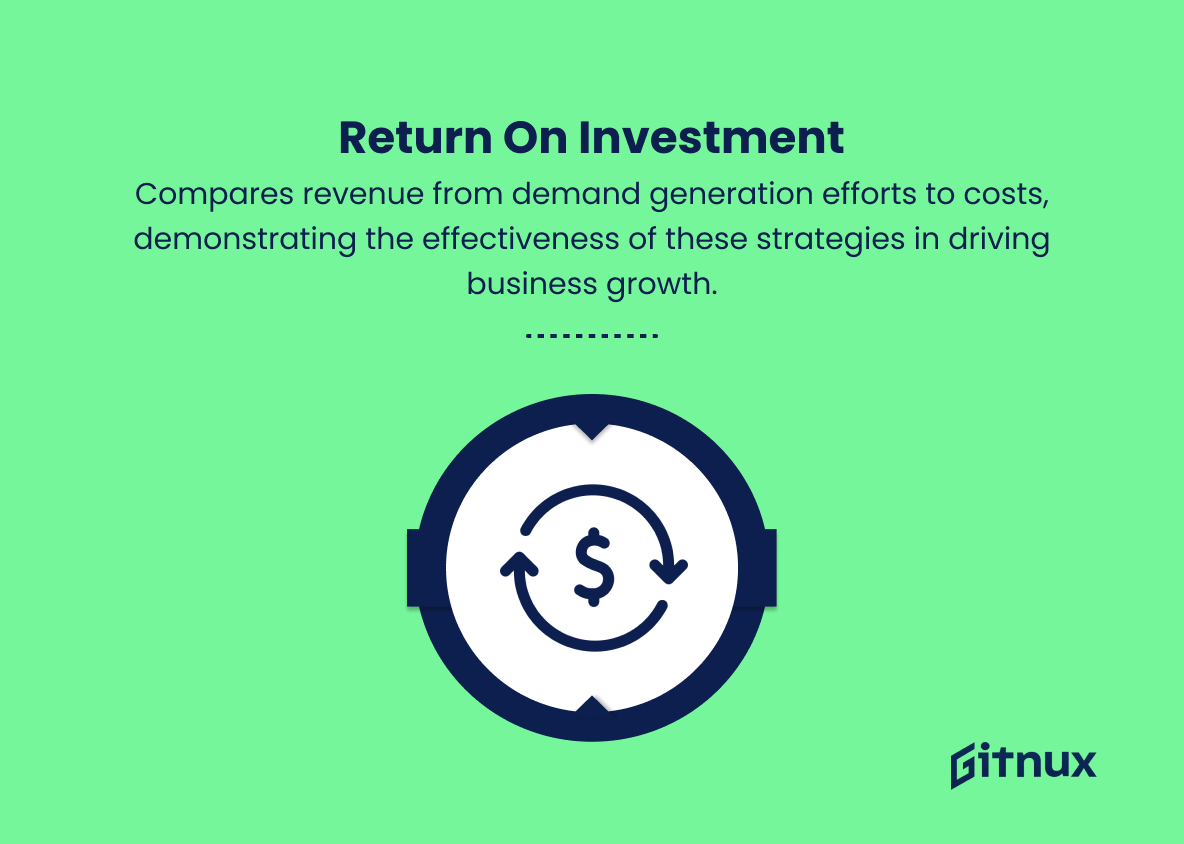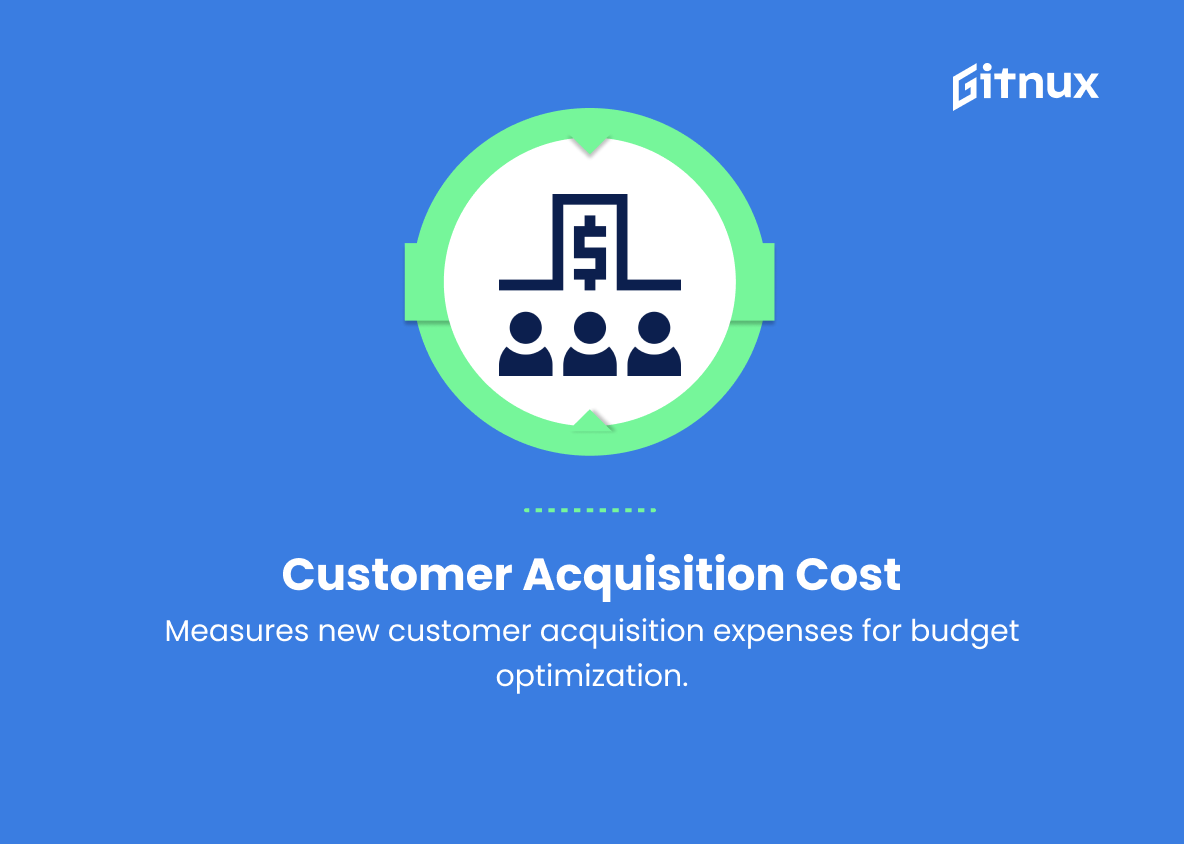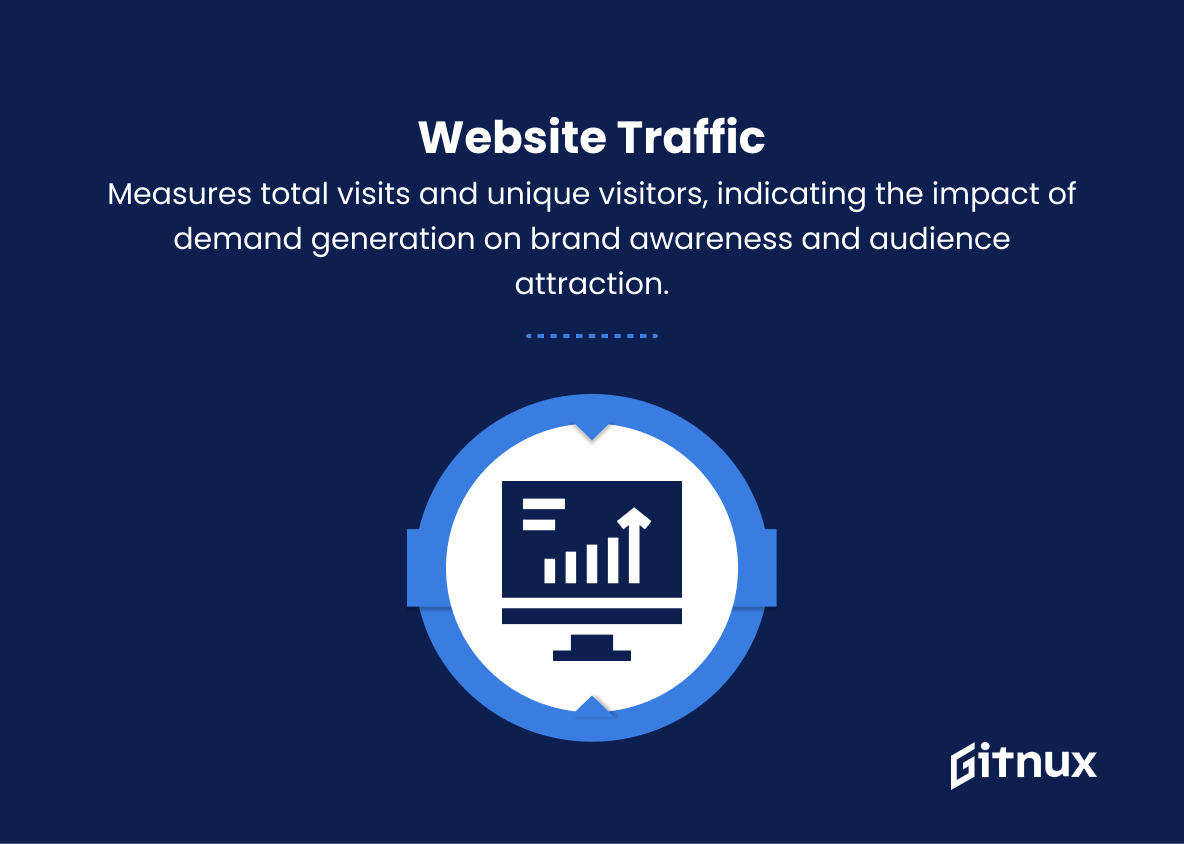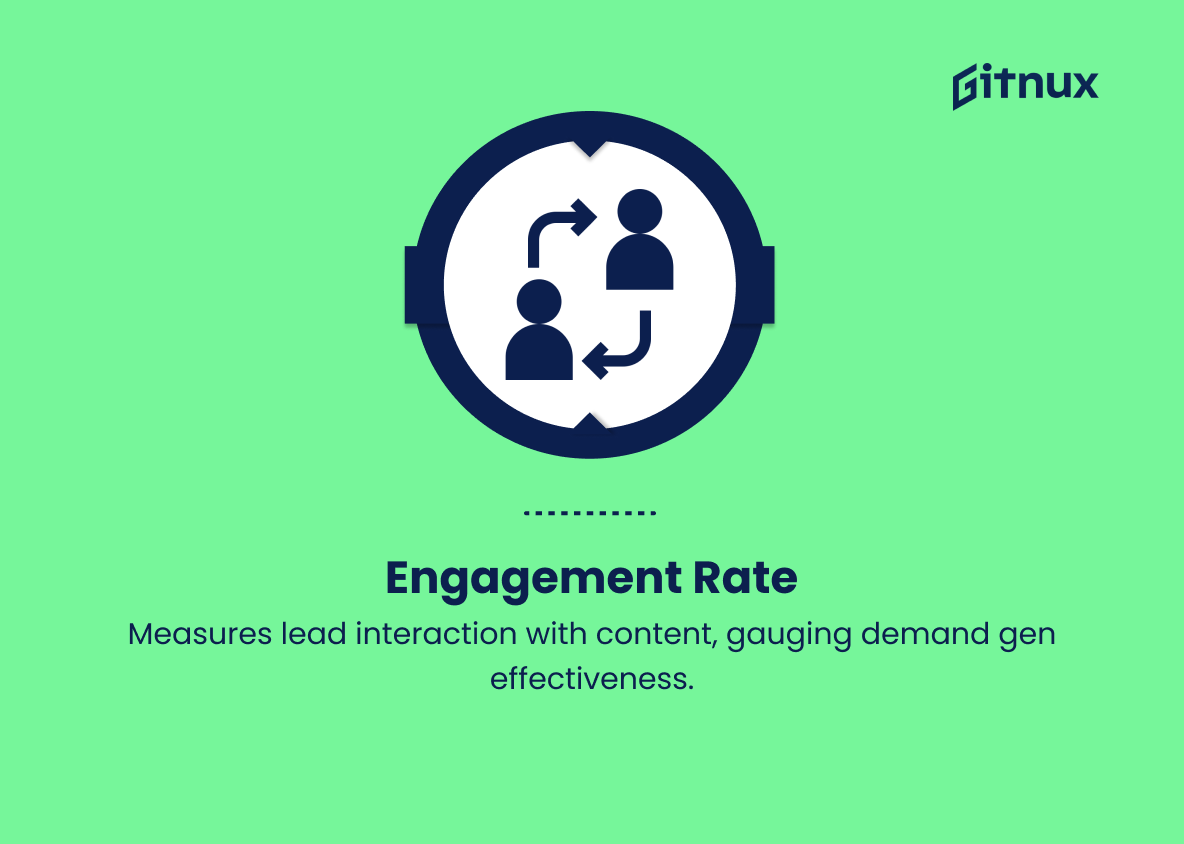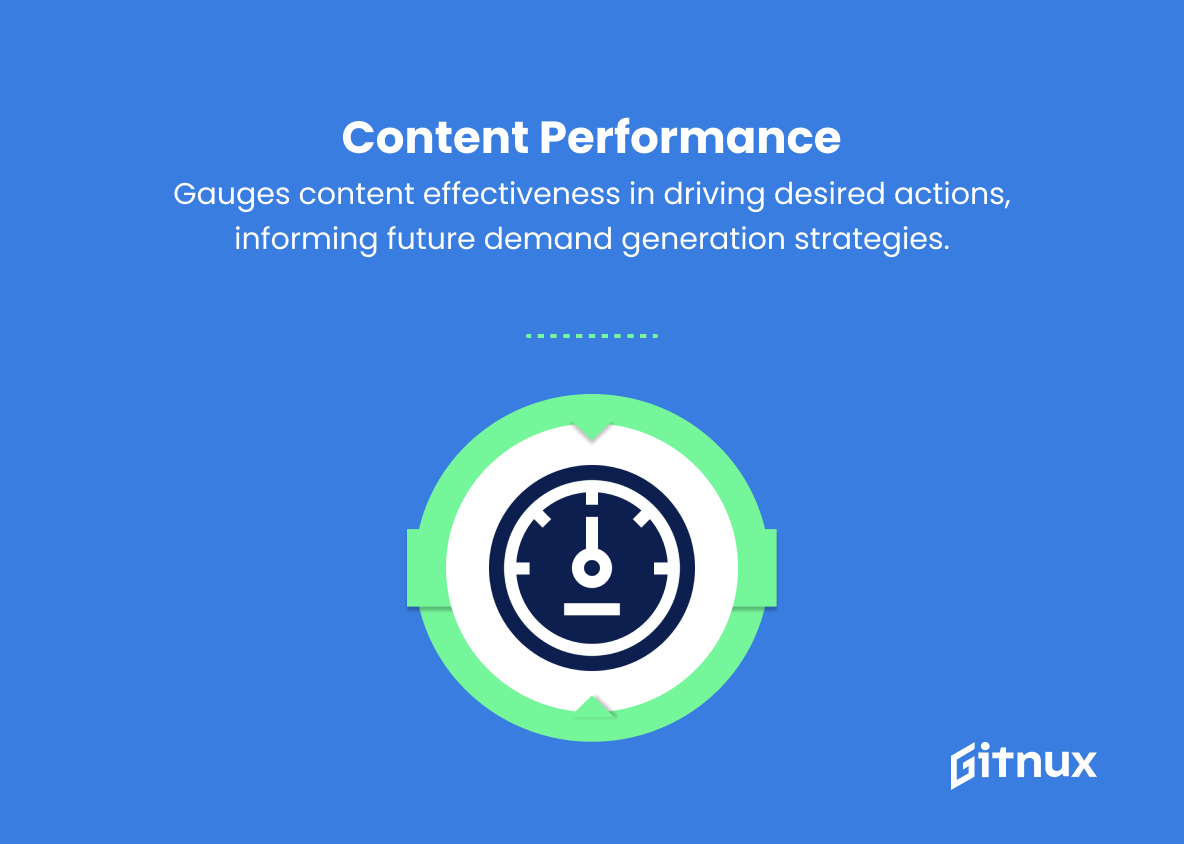In today’s fast-paced and competitive business environment, it is more important than ever for marketers to measure the effectiveness of their demand generation strategies. Tracking key performance indicators (KPIs) is an essential part of this process, ensuring that marketing efforts have a tangible impact on lead generation and revenue growth.
In this insightful blog post, we will delve into the world of demand generation KPIs, highlighting their importance, how to select the most appropriate metrics for your organization, and best practices for monitoring and optimizing these vital indicators. Stay tuned to empower your marketing team to make informed decisions, drive results, and ultimately accelerate your business growth.
Demand Gen KPIs You Should Know
1. Lead Generation
The number of new leads generated through demand generation efforts. This KPI is essential for understanding how successful your demand generation tactics are at attracting potential customers.
2. Conversion Rate
The percentage of leads that turn into customers. This KPI reflects the effectiveness of your marketing strategies in turning leads into actual customers.
3. Cost Per Lead (CPL)
The average cost of acquiring a new lead. CPL helps you understand the efficiency of your demand generation budget and allocate resources more effectively.
In today’s fast-paced and competitive business landscape, it has become more crucial than ever for marketers to measure the effectiveness of their demand generation strategies.4. Lead-to-MQL (Marketing Qualified Lead) Ratio
The percentage of leads that become MQLs, which are leads deemed more likely to become customers due to their engagement with your content. This KPI helps you analyze the quality of leads generated through your demand generation efforts.
5. MQL-to-SQL (Sales Qualified Lead) Ratio
The percentage of MQLs that become SQLs, which are leads whose buying intent has been validated by the sales team. This KPI highlights the effectiveness of your lead nurturing efforts in progressing leads through the sales funnel.
6. Time to Conversion
The average time it takes for leads to move through the funnel and become customers. This KPI helps you measure the speed and efficiency of your demand generation and nurturing processes.
Demand generation KPIs are crucial in measuring the success and efficiency of marketing strategies designed to attract potential customers and drive business growth.7. Click-through Rate (CTR)
The percentage of individuals who click on an advertisement, email, or any other type of marketing material. CTR is important for understanding the effectiveness of specific marketing materials in driving engagement.
8. Return on Investment (ROI)
The revenue gained from demand generation efforts compared to the cost of those efforts. This KPI helps demonstrate the overall effectiveness of the demand generation strategies in driving business growth.
9. Customer Acquisition Cost (CAC)
The average cost of acquiring a new customer, including all marketing and sales expenses. This KPI helps you analyze the efficiency of your demand generation budget and allocate resources more effectively.
10. Website Traffic
The total number of visits and unique visitors to your website. This KPI helps you determine the impact of your demand generation efforts on driving brand awareness and attracting potential customers.
11. Engagement Rate
The percentage of leads who interact with your content, such as liking, sharing, or commenting on posts. This KPI provides insight into how engaging your content is and how effective your demand generation efforts are at building relationships with your audience.
12. Content Performance
The effectiveness of your content in driving desired actions, such as completing a form or subscribing to a newsletter. This KPI can help you identify the types of content that resonate best with your audience and guide your content strategy for future demand generation efforts.
Demand Gen KPIs Explained
Demand generation KPIs are critical to measuring the success and efficiency of marketing strategies designed to attract prospects and drive business growth. By focusing on lead generation, conversion rate, cost per lead (CPL), lead-to-MQL and MQL-to-SQL ratios, time to conversion, click-through rate (CTR), return on investment (ROI), customer acquisition cost (CAC), site traffic, engagement rate, and content performance, organizations can effectively allocate resources, evaluate lead quality, and plan strategic demand generation efforts.
These KPIs provide valuable insight into the efficiency and effectiveness of marketing materials and tactics, as well as the overall impact of demand generation on brand awareness, lead nurturing, and ultimately, revenue growth. By monitoring and analyzing these KPIs, organizations can optimize their demand generation strategies to better reach their target audiences, foster meaningful relationships, and guide content planning for future marketing efforts.
Conclusion
In summary, monitoring and analyzing demand generation KPIs is a critical aspect of any successful marketing strategy. These metrics provide valuable insight into the effectiveness of your demand generation efforts, allowing you to make data-driven decisions to optimize and improve your campaigns.
By focusing on the most relevant KPIs, such as lead quality, conversion rates, ROI, and customer acquisition costs, you can align your marketing and sales teams, refine your target audience, and ultimately drive sustainable growth for your business. Remember, the key to success is to continually track, test, and refine your strategies to ensure you stay ahead of the competition.
